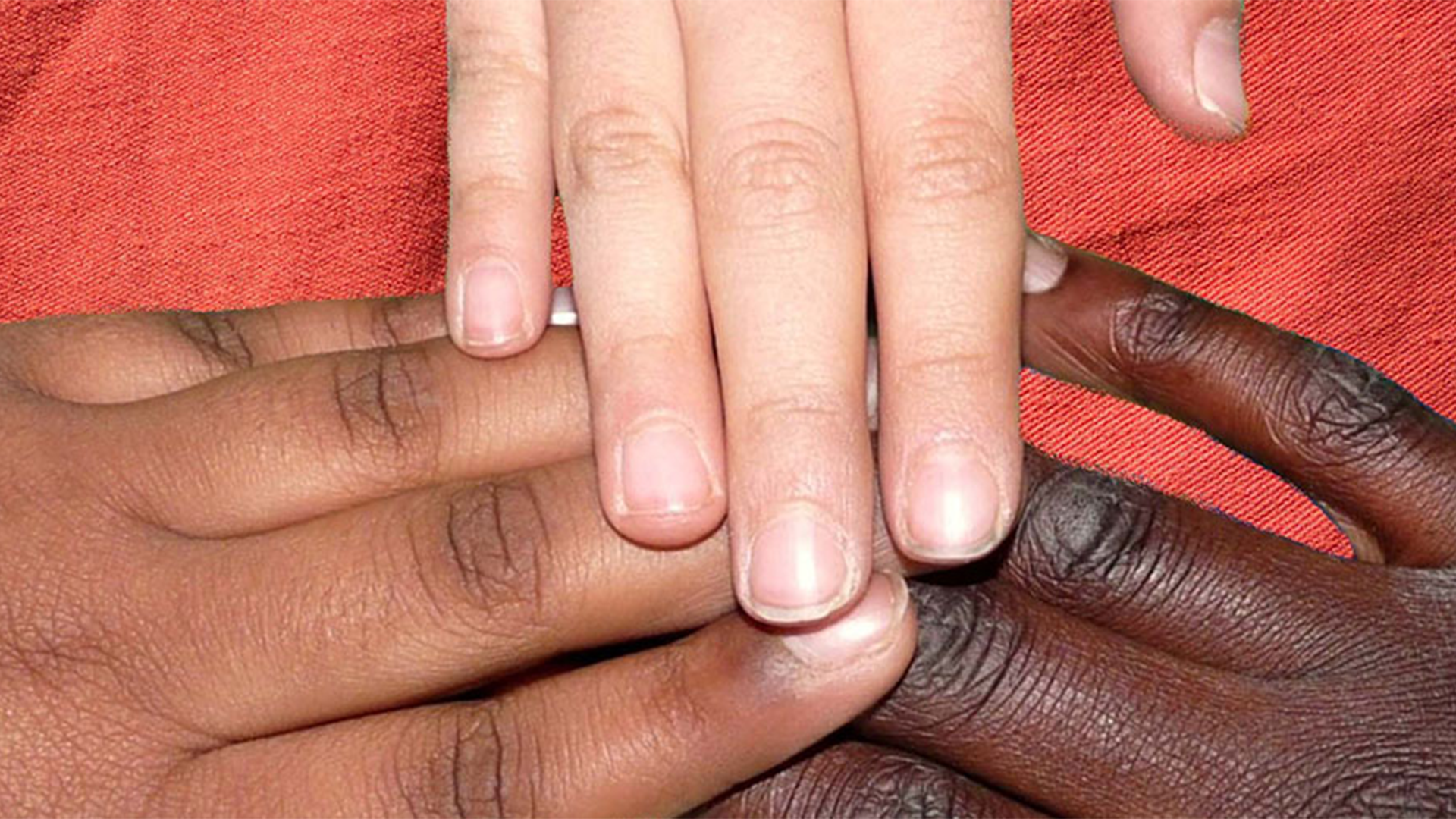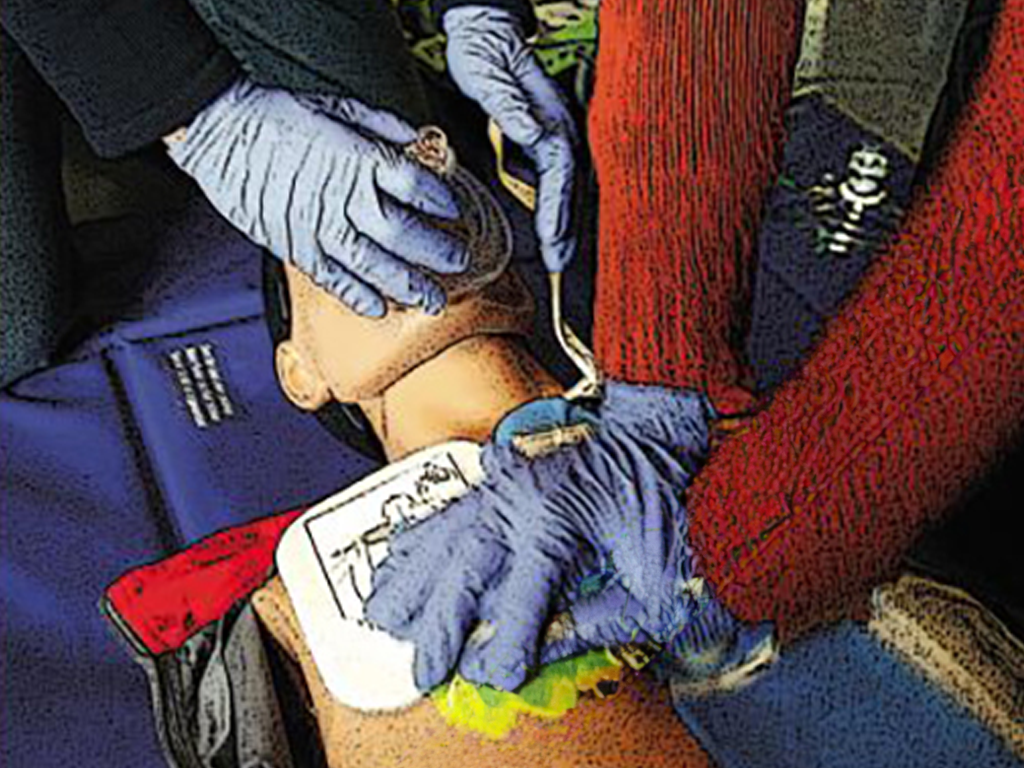 Biology
Biology

46502156 / 55501781
Skin
Structure and function
It is essential for survival. It can cool the body, but must be protected from the cold as well as the sun. It changes with age. We are talking about the skin. The film presents the skin, its structure and function in a very clear and well-structured way. First, the different skin layers are explained. Then the skin appendages such as the hair, the sebaceous and sweat glands and the fingernails are explained. The film also shows how the skin changes with age, our state of mind and during illness. The film concludes with the sense of touch. In combination with the extensive additional material (worksheets, interactive tasks), this medium can be used excellently in class.
Play trailer
Curriculum-centred and oriented towards educational standards
Matching
Computer Games
This film covers the topic of computer games in a variety of ways and from many different angles. Apart from the fascina- tion of computer games for users, the historical development as well as the production of computer games are described. The established genres are introduced, the guidelines of the German BPjM are explained. In light of recent public discussions, a neutral overview of the pros and cons of playing computer games is given, and different kinds of player behaviour are outlined. In this film, the pupils will recognise many aspects of their favourite pastime that encourage an independent, constructive use of this medium and reinforce their media competency. The film and teaching material are very closely related to the real-life situation.
Rights and Obligations
Three girls of different ages: Anna is 17, Paula 15 and Lena 13. Before the law, their respective ages have consequences – because children and adolescents have different rights and also obligations.









